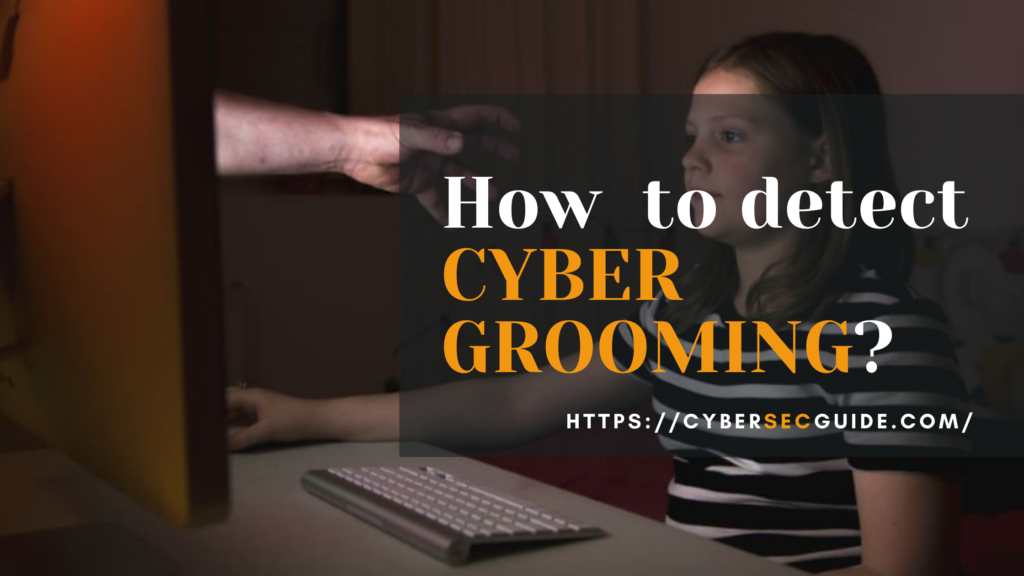Today, cyber grooming is one of the biggest threats to young people and children, who are increasingly exposed as they make intensive use of digital media.
“Grooming” is a type of criminal activity in which an adult gains the trust of a child or adolescent intending to induce them to engage in some sexual activity.
It can occur in any environment, such as in the neighborhood, at school, or even within the family or group of friends.
With the increasing use of social networks, chat rooms, and the massification of the Internet, this problem has emerged strongly in the virtual field. The terms cyber grooming and online grooming have been created to describe it.
But how can I identify grooming and protect my children? We will give you some essential tips that can help you prevent this type of situation in your home.
What does someone who grooms a minor look for?
First, we must emphasize that this crime can be committed by both men and women of any age and socioeconomic level.
Although most of the time, groomers are male adults, there have been reported cases of women and minors who participate in the deception of other children or young people.
In most cases, the deception aims to obtain photographs or private information of a sexual nature from their victims and ultimately arrange some sexual encounters with them.
Often techniques of deception or psychological manipulation are used, but it is also common for the child to be subjected to sexual blackmail using confidential material given to the groomer.
In the worst cases, grooming can end in rape or situations of sexual exploitation, including prostitution.
What are the stages of online grooming?
Online grooming or cyber grooming has several stages that if we are attentive, we can identify and protect our children.
- The aggressor creates a bond of trust with the victim, pretending to be the same age, giving her gifts, and listening to her problems.
- The victim is manipulated to gradually remove her from the security of her family and friends. This leaves her unprotected and also guarantees the aggressor the secrecy he needs.
- The offender seeks to identify possible risks of discovery by finding out who may have access to the victim’s phone or devices.
- When he considers that there is confidence, the groomer begins to introduce the sexual topic in the conversations. The goal is to get the victim used to talk about it with the offender.
- Once this is achieved, the offender starts asking for photos, videos, or sexual confessions. He may use his “charm” or resort directly to threats.
- Finally, the sexual act between the aggressor and the minor occurs.
What can I do to protect my children against cyber grooming?
Every day the number of institutions and governments that recognize the problem of cyber grooming increases, and national and international laws are created to combat it.
However, much of the success of this fight against grooming depends on the response of parents and family members. After all, they are the first line of defense for young people against these criminals.
One of the critical factors for a successful grooming attempt is for the perpetrator to create a sufficiently deep level of interaction and trust with the potential victim.
This is the first key to stopping this crime in its tracks. Many criminals identify their potential victims among a group of children and young people from homes where there is no communication between parents and children.
With the demands of modern life, many parents prioritize their jobs or professions and do not pay enough attention to their children’s emotional and affective needs.
This means that a comprehensive response is required at the family level. And in this case, prevention should always be the first tactic to apply.
Prevention of grooming: assume your role in the formation of your children
As a parent, it is indisputable that you must intervene decisively but positively in your children’s education and formation as individuals.
A proper sex education accompanied by an affective relationship based on trust and love is precious in this fight against grooming.
Another necessary action is discussing parents and children about the responsible use of technological tools, especially social networks and virtual chats.
This parent-child bond will help them be less vulnerable to grooming or cyber grooming attempts and be of great value in minimizing the after-effects and recovery time of those who have fallen into this problem.

Pingback: Online gaming: Common threats - CyberSecGuide.com